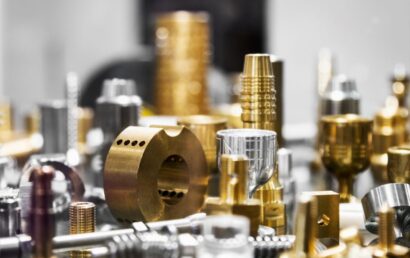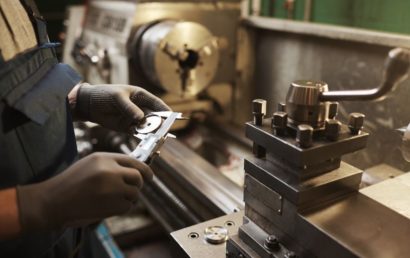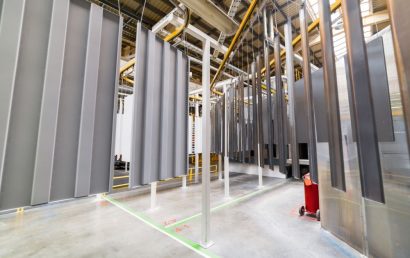Thermal Spray Coating: Thickness Based On Type
Thermal spray coating is a common industrial process where a surface is coated with a material in order to give the treated surface certain restorative properties. The coating material is typically heated in order to melt it and then sprayed onto a surface. When the melted material hardens, it forms a protective coating around the treated surface. There are many different types of thermal spray coating and vary in thickness. In this article, we explain to you the different thermal spray coating thicknesses.
Wear Resistance
When a thermal spray coating process is used for wear resistance, there are specifications as to how thick the coating can be. For example, the typical thickness for a material that is being coated for wear resistance is usually about 500 microns. This will vary depending on the type of coating material being used and the surface being sprayed.
HVAF Thermal Spray
This is a type of application that is used to increase the hardness of a surface or object. If an object is prone to cavitation or prone to damage, HVAF thermal spray coating can help to reduce such damage and increase the utility of the surface. The process is also ideal for any surface that is prone to wear and tear and a higher rate than average. In some industrial processes, this type of thermal spray coating is also used to deal with surfaces that are prone to chemical damage. HVAF thermal spray coating can be done at significantly thinner levels than average. This is because the HVAF process has a lot better coating performance than its counterpart HVOF.
HVOF Thermal Spray
The main difference between HVAF thermal spray coating and HVOF thermal coating is that the latter involves the use of an oxy-fuel compound. When it comes to HVAF, the process makes use of propane and air. HVOF is great for certain industrial applications, but it typically requires a thicker coating level than its counterpart. This is because it has a reduced coating performance than HVAF.
Plasma Spraying
This is a type of thermal spray coating where the coating material is usually used in high-temperature applications. This type of thermal spray coating is common in certain industries such as power generation. The plasma is heated to a high temperature and is then applied to the material being spray coated. This in turn melts the material and allows it to be applied on the surface being coated. When it comes to thickness, this type of thermal spray coating is typically a lot thicker than most other types of thermal spray coating. The key advantage of this type of thermal spray coating is that it offers excellent protection against wear and tear. This type of thermal spray coating also offers low porosity properties as well as corrosion resistance.
Arc Spray
This is another type of thermal spray coating that makes use of an electrical arc in the coating process. During arc spraying, an electrical arc is used to melt the coating material being applied. Just like plasma coating, this process typically requires a lot more thickness than HVAF and other thermal coating processes that we have discussed. However, arc spraying offers significantly less protection when it comes to corrosion resistance as well as porosity.




